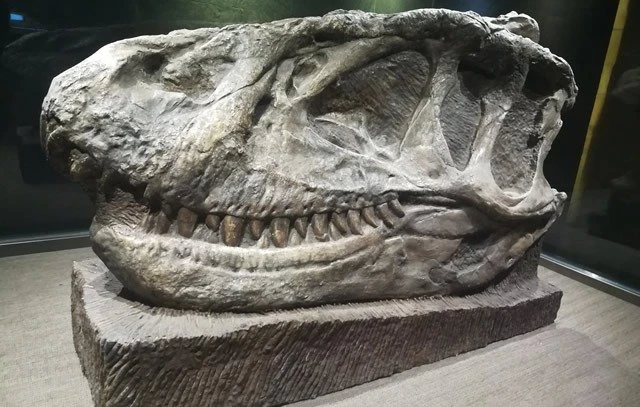Top 10 Inventors in Ancient China
China has been a world power since ancient times. Although it has been left behind by the wave of the industrial revolution in modern times, looking back, for thousands of years, China's economic and technological strength and comprehensive national strength once reached the top of the world, contributing to the world economy Development and civilization have made great contributions.
1. Gong Shu Ban - Spring and Autumn Period
Gongshuban was a native of Lu in the late Spring and Autumn Period, so it is also called "Luban". He comes from a family of craftsmen and has mastered carpentry skills. According to historical records, he invented the cloud ladder, and people attributed his inventions to woodworking tools such as drills, planes, shovels, curved rulers, and ink fountains. Because of the above achievements, Gongshu Class was regarded as the grandfather of the carpenter.
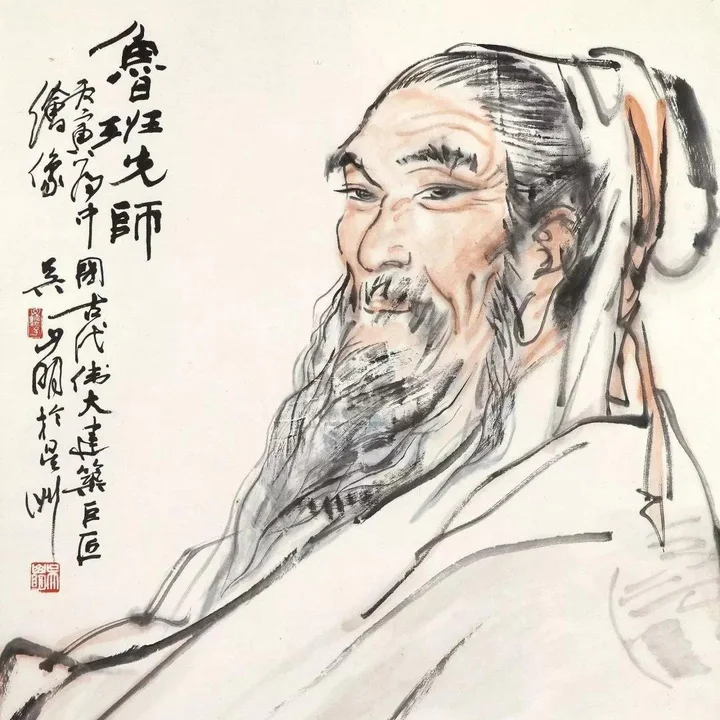
2. Zhao Guo - Western Han Dynasty
Zhao Guo was an agronomist and inventor in the era of Emperor Wu of the Western Han Dynasty. He once summed up a kind of substitute field method suitable for dryland farming, which was popularized in Guanzhong area and increased the grain output. He also improved many agricultural implements, such as the Aquilegia, an ancient sowing machine. He popularized a new farming method, the coupled plough, and promoted the progress of Chinese agriculture.
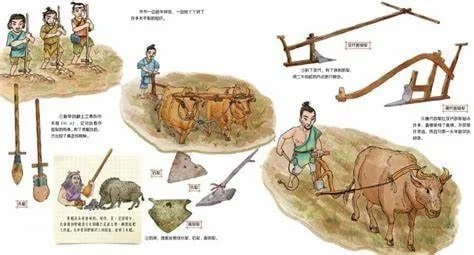
3.Zhang Heng - Eastern Han Dynasty
Zhang Heng was an astronomer and cifu writer in the Eastern Han Dynasty. According to historical records, he invented the armillary sphere, the seismograph, the compass car, the jili drum car, and the Dufei woodcarving. Unfortunately, all the objects he invented have been lost. However, Zhang Heng's contribution to Chinese science and technology cannot be ignored. Zhang Heng has always been regarded as the most outstanding scientist in ancient China.
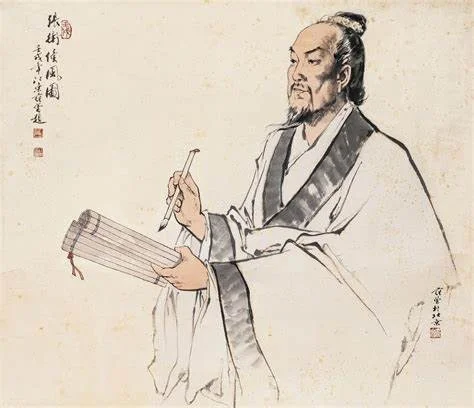
4. Cai Lun - Eastern Han Dynasty
Cai Lun was an eunuch in the Eastern Han Dynasty. Paper appeared in China during the Western Han Dynasty, but it was not suitable for writing and the manufacturing cost was high. Cai Lun improved the papermaking technique based on the experience of his predecessors, and finally made "Caihou Paper". In the end, Cai Hou paper was recognized by the state and promoted nationwide. The emergence of papermaking has promoted the spread of culture in China and the world, and this technology has also become one of the four great inventions in China.
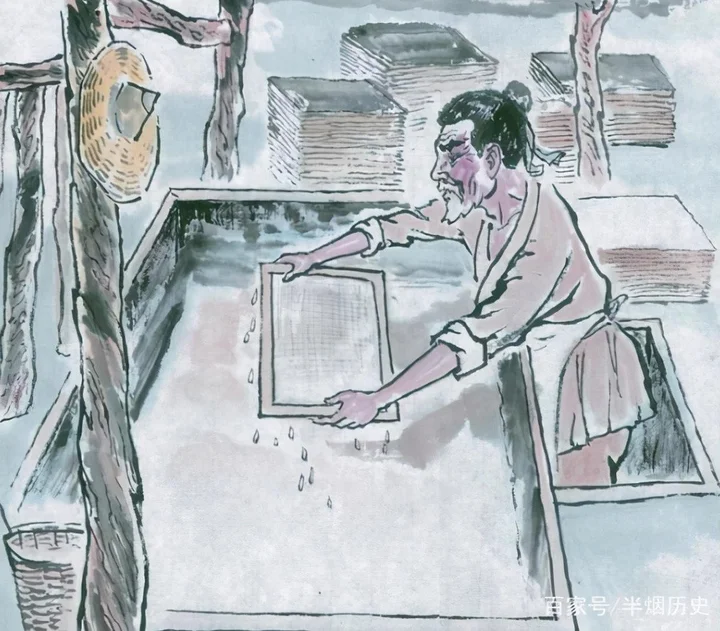
5. Du Shi - Eastern Han Dynasty
Du Shi, a famous hydraulic scientist and inventor in the Eastern Han Dynasty. During his tenure as the prefect of Nanyang, he invented a hydraulic blower, the water row, which can send air into the iron smelting furnace, which promoted the development of China's iron smelting technology.

6. Ma Jun - Cao Wei Kingdom
Ma Jun was an inventor in the period of Cao Wei. According to historical records, he once restored the guide car; improved the cumbersome weaving machine at that time; invented a keel waterwheel that diverted water from a low place to a high place; made a rotary stone machine that can continuously shoot stones, As far as hundreds of steps; the wooden prime mover was installed under the puppet, called "Water Turning Hundred Operas"; the Zhuge Lianbo was remodeled, which contributed to the development of science and technology. He and Zhang Heng are also called "Wooden Saint".
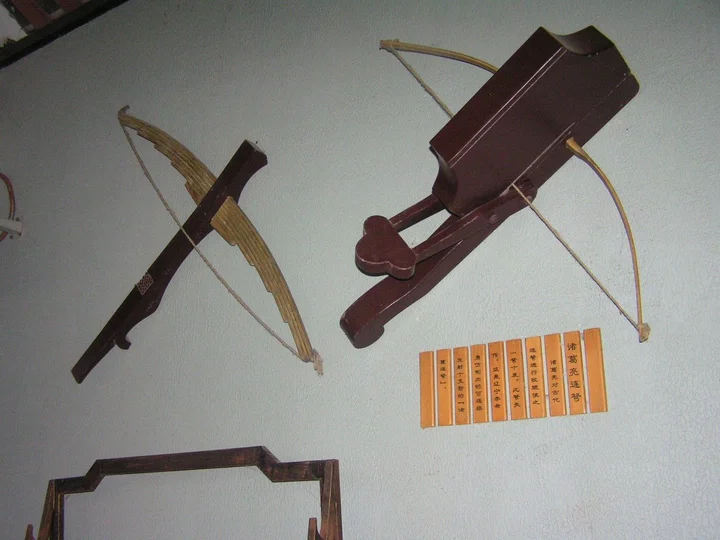
7. Zu Chongzhi - Northern and Southern Dynasties
Zu Chongzhi was a famous scientist and mathematician during the Northern and Southern Dynasties. Zu Chongzhi is also very good at making woodworking machinery. He has designed and manufactured water mills, guide cars driven by copper parts, thousands of miles boats, and timers. The thousand-mile boat he designed, traveling hundreds of miles a day, was a rather miraculous invention, but unfortunately it was all lost.
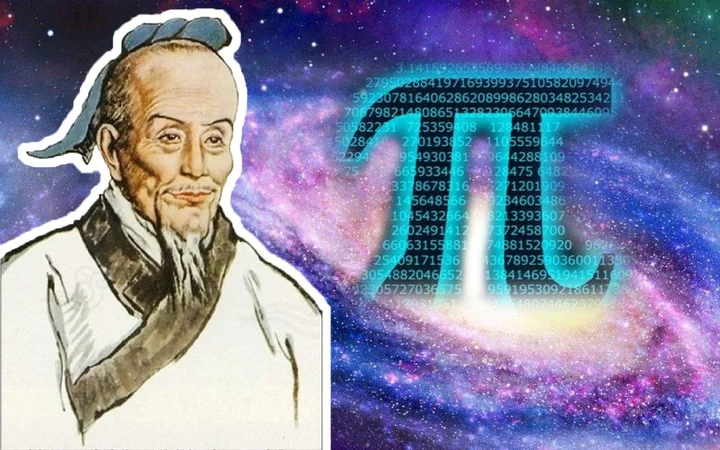
8. Bi Sheng - Northern Song Dynasty
Bi Sheng, an inventor in the Northern Song Dynasty, invented movable type printing on the basis of block printing in the Tang Dynasty. The invention of movable type printing was a fundamental reform in the development of Chinese printing, which promoted the spread and development of Northern Song Dynasty culture. Since then, movable type printing began to spread all over the world, promoting the development of world civilization.
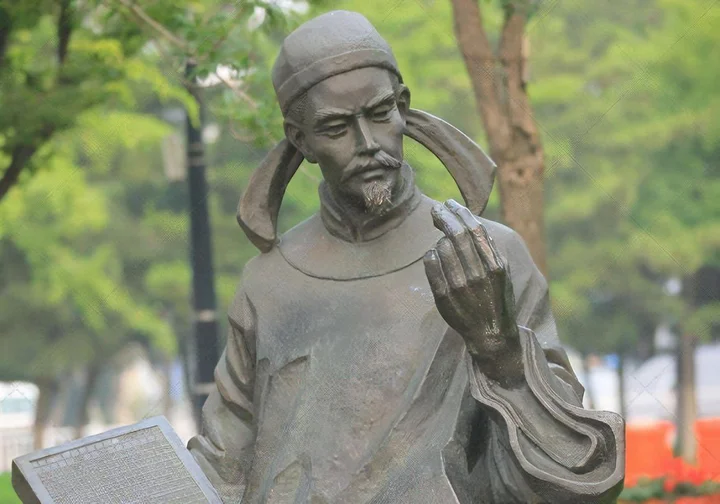
9. Huang Daopo - Yuan Dynasty
Huang Daopo, a native of Songjiang Prefecture, was a famous cotton weaver and technical reformer in the late Song and early Yuan Dynasties. During her stay in Hainan, she learned and improved the cotton spinning skills of the local Yi people, summarizing a new set of cotton spinning techniques. Later, she returned to her hometown and improved various textile tools, which promoted the rise of the textile industry in Wusong area. Under the influence of Huang Daopo, China's cotton textile industry has matured, which has changed the pattern of silk industry domination and accelerated the development of China's commodity economy.
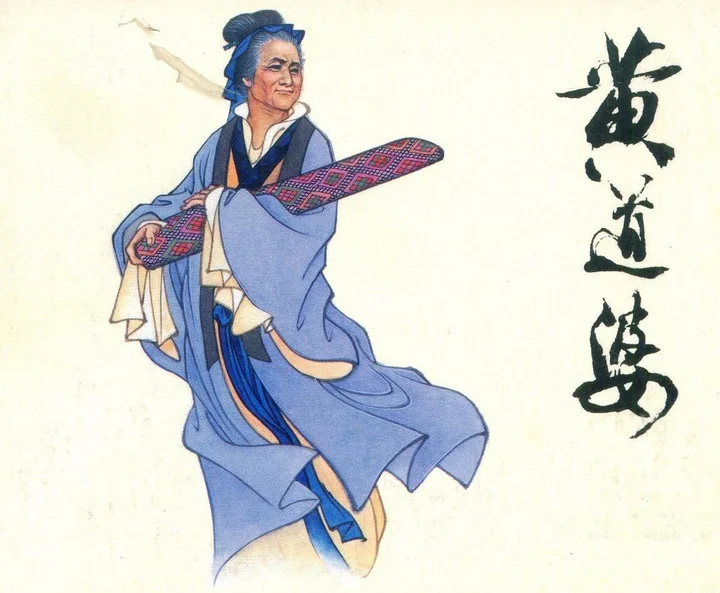
10. Guo Shoujing - Yuan Dynasty
Guo Shoujing, a famous astronomer and mathematician in the Yuan Dynasty. His "Houring Calendar" was the most advanced calendar in the world at that time. Guo Shoujing was also an important inventor. He restructured and invented 12 new instruments such as Jianyi and Gaobiao, which promoted the development of traditional Chinese astronomy. It can be said that Guo Shoujing is the master of traditional Chinese astronomy.


